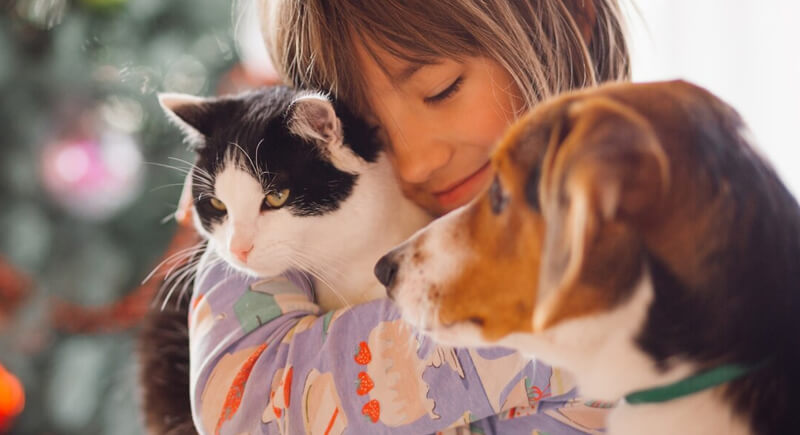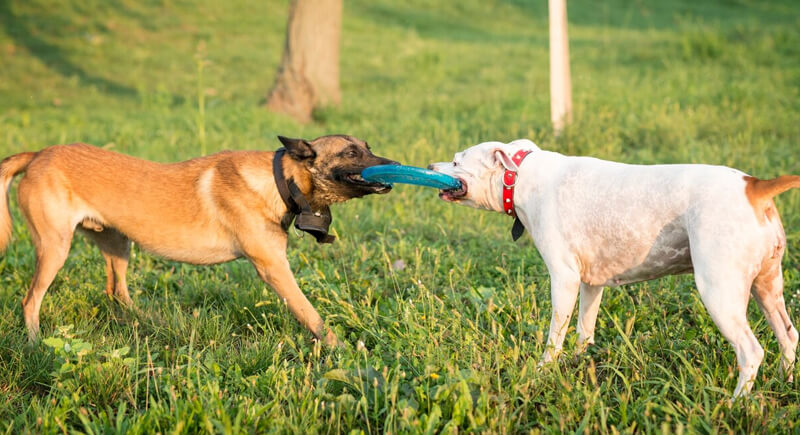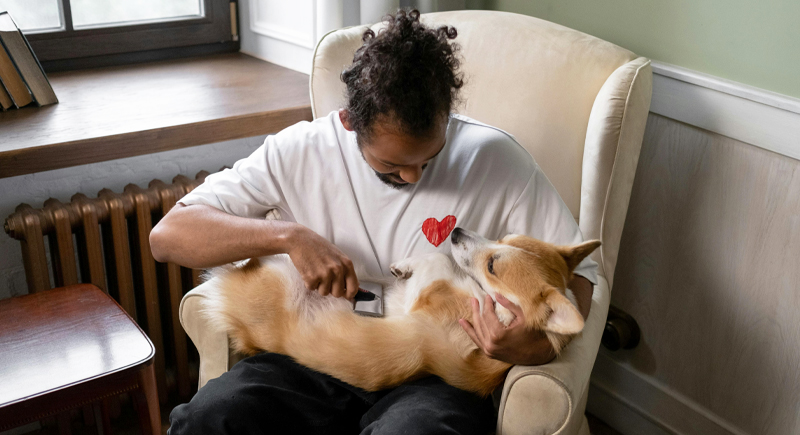How to Keep a Large Pet Family Happy
Managing a household with multiple pets is a bit like running a daycare, except your “kids” have fur, tails, and occasionally an alarming sense of entitlement. It’s rewarding, chaotic, and often involves a lot more hair on the furniture. But with the right approach, you can keep your furry family happy and harmonious. Here’s how to do it without losing your mind—or your favorite shoes.
Choosing the Right Pets for a Multi-Pet Household

Credit: pexels
Success starts before you even bring a new pet home. Make sure you choose animals that complement each other in temperament and energy level. For instance, pairing a high-energy dog with a laid-back cat can create challenges if their needs clash. Research breeds, consult professionals, and consider how a potential new addition might integrate with the personalities of your current pets. Compatibility can make or break the dynamic in your home.
Introduce Pets at a Young Age

Credit: freepik
Introducing animals while they’re young lays a solid foundation for long-term harmony. Younger animals like puppies and kittens are naturally more adaptable and open to forming bonds. During these early stages, they’re still learning how to interact, which makes it easier to guide their behavior and foster positive relationships. If adopting an older pet, focus on gradual acclimation and consider their past experiences with other animals.
Take Things Slow

Credit: pexels
When bringing a new pet into the fold, slow and steady wins the race. Rushing introductions can lead to unnecessary tension or even aggression. Start with indirect interaction—let them sniff each other’s bedding or spend time in adjacent rooms. Gradually increase exposure with short, supervised meetings. Watch for subtle cues like body language and vocalizations to gauge comfort levels. Once they seem comfortable, allow short, supervised meetings in a neutral space.
Create Safe Spaces

Credit: pexels
Every pet, regardless of species, needs a space where they can relax and recharge. This could be a cozy crate, a high perch, or a quiet room tucked away from the hustle and bustle of the house. Safe spaces give your pets a sense of security, reduce stress, and minimize the risk of territorial conflicts. If one of your pets is particularly shy or sensitive, these spaces become even more essential.
Scheduled Feeding

Credit: freepik
Animals thrive on routine, and feeding schedules are a big part of that. When meals happen consistently, pets feel secure and know what to expect. Regular feeding also helps regulate digestion and energy levels. Beyond practical benefits, a schedule prevents food-related anxiety—especially in multi-pet homes where resource guarding might occur.
Separate Feeding Stations

Credit: iStockphoto
Even the friendliest pets can become territorial over food. To avoid mealtime squabbles, create different feeding areas for each pet. This might mean separate bowls in different corners of the room or even feeding pets in different spaces altogether. Not only does this strategy prevent resource guarding, but it also ensures that everyone gets their fair share without feeling rushed or threatened.
Manage Toys

Credit: pexels
Toys are great for mental stimulation, but they can also spark tension. Keep an eye on how your pets interact with their favorite items. Some pets are naturally possessive, so make sure to offer a variety of toys available and rotate them to maintain interest. If certain toys cause issues, reserve them for supervised play or individual use.
Training

Credit: freepik
Training is all about setting boundaries and fostering respect among your pets. Commands like “sit,” “stay,” and “leave it” can help prevent conflicts during high-energy moments. Training also builds trust and reinforces your role as the leader of the household. When done consistently, it’s one of the most effective tools for maintaining order in a multi-pet family.
Set Aside Time for Each Pet

Credit: freepik
In busy households, individual attention is often overlooked but is essential for each pet’s well-being. Taking even 10-15 minutes daily to engage with each pet—whether through play, grooming, or a walk—can make a significant difference. Personal time helps prevent jealousy and ensures that each animal feels valued, which contributes to a more balanced and content household.
Supervise Interactions Between Pets

Credit: freepik
Like humans, even well-adjusted pets can have moments of miscommunication. That’s why supervision is so crucial, especially during initial introductions or when pets are playing together. Observe their body language closely—a wagging tail doesn’t always mean happiness, and subtle signals like flattened ears or a stiff posture can indicate discomfort.
Limit High-Arousal Play and Competitive Activities

Credit: freepik
High-energy play sessions or competitive games like tug-of-war can sometimes lead to overstimulation or conflicts among pets. While some animals can handle roughhousing, others may feel overwhelmed or reactive. To maintain harmony, opt for activities that encourage calm engagement, like slow-paced fetch or shared scent games.
Be Calm

Credit: pexels
Pets are remarkably attuned to your emotions. If you’re calm, they’re more likely to stay relaxed. Conversely, if you’re stressed or anxious, that energy can ripple through the household. In tense situations, speaking in a steady, confident tone and avoiding abrupt movements reassures your pets and sets a stable example for them to follow.
Work With Professionals

Credit: freepik
When challenges arise, don’t hesitate to call in the experts. Trainers, veterinarians, and animal behaviorists have the experience to help resolve conflicts or address specific issues. For example, a behaviorist might identify subtle triggers causing tension between pets and offer strategies to mitigate them.
Use Scent to Build Familiarity

Credit: Getty Images
Scent plays a decisive role in how animals recognize and accept one another. When introducing new pets, rub a soft cloth on one and place it near another’s favorite spot. This gentle scent exchange helps them become accustomed to each other’s presence, easing tension and encouraging calm, friendly curiosity over time.
Routine Health Checks for All Pets

Credit: Canva
A big family means more whiskers, tails, and responsibilities. Keep every pet healthy with annual veterinary exams and up-to-date vaccines. Routine checkups catch hidden issues early, protect against contagious illnesses, and maintain balanced well-being. Healthy pets are happier, more playful companions, making harmony that much easier to achieve.